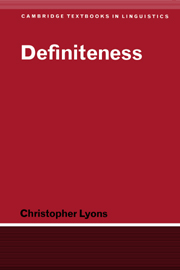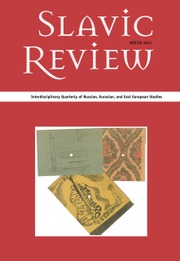Definiteness
This 1999 textbook investigates definiteness both from a comparative and a theoretical point of view, showing how languages express definiteness and what definiteness is. It surveys a large number of languages to discover the range of variation in relation to definiteness and related grammatical phenomena, such as demonstratives, possessives and personal pronouns. It outlines work done on the nature of definiteness in semantics, pragmatics and syntax, and develops an account on which definiteness is a grammatical category represented in syntax as a functional head (the widely discussed D). Consideration is also given to the origins and evolution of definite articles in the light of the comparative and theoretical findings. Among the claims advanced are that definiteness does not occur in all languages, though the pragmatic concept which it grammaticalizes probably does.
- Unique coverage of languages and the literature; such detailed combination of the comparative and theoretical is rare
- Accessible to students and non-specialists, without being over-simple
- Makes original and far-reaching proposals
Product details
March 1999Paperback
9780521368353
404 pages
228 × 151 × 25 mm
0.742kg
7 b/w illus.
Available
Table of Contents
- Preface
- 1. Basic observations
- 2. Simple definites and indefinites
- 3. Complex definites and indefinites
- 4. Some semantic and pragmatic distinctions
- 5. Interaction with other grammatical phenomena
- 6. Definiteness effects
- 7. Defining definiteness
- 8. Definiteness and noun phrase structure
- 9. Diachronic aspects
- References.



